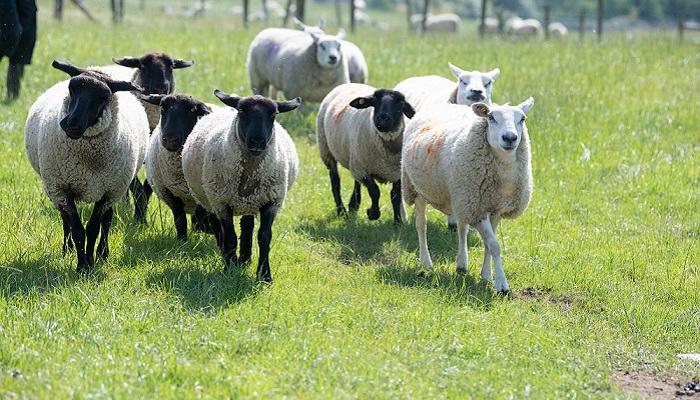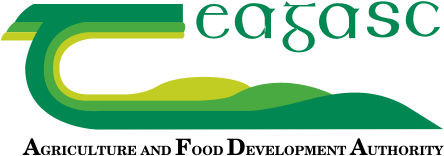22 August 2023
Converting to organic sheep farming – the practical implications

The increase in payment rates for the Organic Farming Scheme 2023, coupled with a reduction in the minimum stocking rate required, has led to an almost doubling of organic farmers in Ireland. Damian Costello, Teagasc Sheep Specialist, tells us more on the practical implications when converting.
Approximately 2,000 farmers will commence conversion to an organic sheep system this year. This article looks at some of the key considerations to bear in mind when converting to organic sheep farming.
Suitability of farm
The most suitable holding to produce organic lamb is one with livestock and arable farming. The cereals grown on the farm will provide concentrate feedstuff and a source of straw. Furthermore, forage crops can be added to the rotation as well as including white and red clover into subsequent reseeds. This system is only viable in certain, largely lowland, parts of the country.
A large number of hill sheep farmers are converting to organic farming this year; arable crops are rarely an option for them. In all cases, it is important to check if establishing an organic enterprise will have any implications on the ACRES payment for your farm.
Grassland management
The first step is to have your soil analysed and optimise pH where necessary. Target slurry and FYM to maintain phosphorous (P) and potassium (K) indices with the option to import slurry from non-organic sources.
Incorporating white and red clover into suitable swards will fix nitrogen naturally, but you must have the fencing infrastructure to correctly manage these swards after establishment. For hill sheep farms, commonage can be grazed by sheep once they are properly hefted, but the commonage area is not eligible for payment under the Organic Farming Scheme.
Animal housing
The preferred option for housing organic ewes is straw bedding – it can come from non-organic growers. A higher floor space allowance of 1.5m2 per ewe and 0.35m2 per lamb is required. Sheep slats can only be used where an equal or greater sized area of straw-bedded lieback is also available.
On sheep farms with a cattle enterprise, think carefully about the investment required to make existing cattle housing compliant with organic standards. Out-wintering is permitted once carried out extensively, and providing that no poaching occurs.
Flock health plan
The conversion plan includes a flock health element to be prepared in consultation with a veterinary surgeon. It must outline a system that is less dependent on veterinary medicines. Routine use of antibiotics is not permitted, but in clinical cases, they may be prescribed by a vet. Animal welfare is always the priority. The plan will take account of farm history and will describe how to tackle health issues while conforming to the organic farming standards.
The withdrawal periods are at least double those indicated by manufacturers when used on organic farms. Some meat processors require three times the standard withdrawal period.
Breeding policy
As with all sheep systems a defined breeding policy is key. The target should be to breed replacements from within the flock. However, in an organic system, with a derogation from the Organic Certifying Body (OCB), up to 20% ewe replacements (that have not previously lambed) can be bought in from non-organic sources. Rams may also be sourced from non-organic breeders.
This article first appeared in the July/August edition of Today’s Farm. To access the full publication, click here.
Also read: Challenging season for finishing lambs
Also read: Series of walks planned on BETTER Sheep farms
